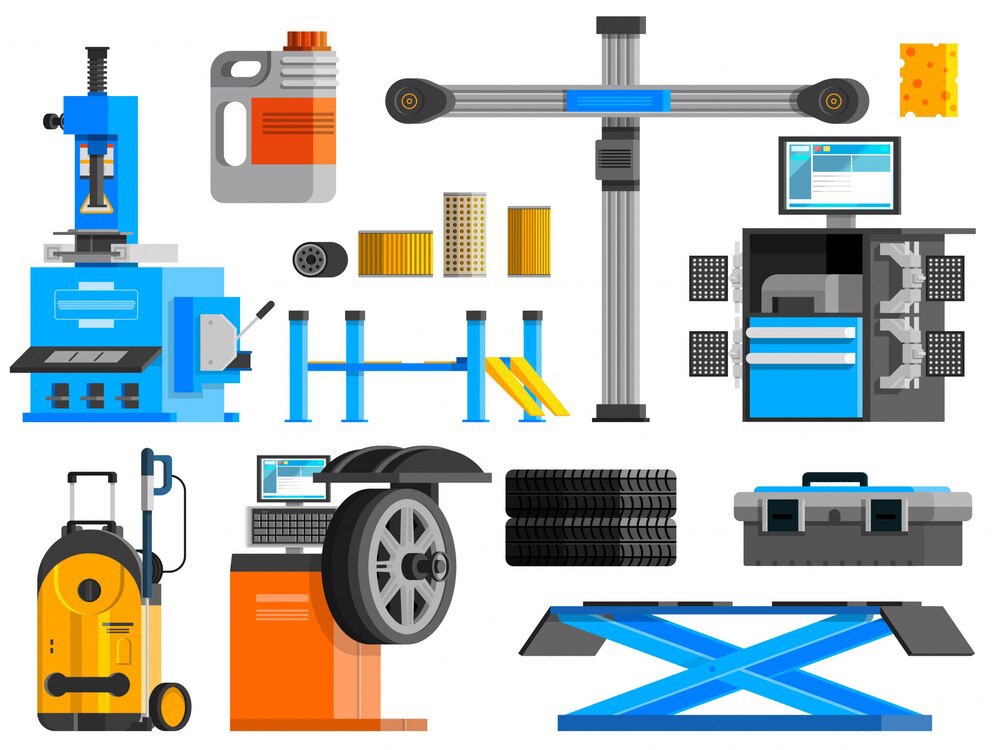In the context of modern life, often facing pressure from work, study, and personal life, many people find movies as a way to reduce daily stress and tension. However, producing a film requires many steps and requires the “contribution” of many stakeholders, so it is difficult to determine the rights of each party to the film. Therefore, this article aims to clearly define the powers of organizations and individuals involved in film production.

1. Concept of cinematography
Film is a form of cinematographic work and works are created using similar methods according to the provisions of the current Intellectual Property Law. Decree 17/2023/ND-CP defines cinematographic works and works created by similar methods are works which have contents expressed by a series of still images in succession or images created by technical, technological equipment; with or without audio and other effects according to film language principles.
However, one point to note is that cinematographic works do not include video recordings serving news propagation on radio broadcasting services, television services, the internet; performance art programs, video games; video recordings of activities of one or many people, events, situations, or reality shows.
2. Determinating the rights of individuals and organizations to cinematographic works
As mentioned in the article’s introduction, a film has many stages of production and the organizations and individuals involved will have corresponding rights, including the following rights:
2.1. Copyright:
Regarding the general provisions of the Intellectual Property Law, copyright of a work arises from the time the work is created, including moral rights and property rights. However, for cinematographic works, Decree 17/2023/ND-CP has instructions on copyright allocation for cinematographic works as follows:
- Screenwriters, directors, persons who work as cameramen; music composers; art designers; sound, lighting, effect designers, actors and actresses, and persons who perform other creative tasks in the making of cinematographic works shall have the right to have their names attached to the cinematographic works and be named when the cinematographic works are published or used.
- Organizations and individuals that invest finance or material and technical facilities in the production of cinematographic works have rights to publish or permit other persons to publish their works the property rights specified in Clause 1 of Article 20 Intellectual Property Law amended 2022. Besides, these organizations and individuals can also agree on naming and modifying works for the group of subjects with the above rights.
2.2. Related rights
“Related rights” means rights of an organization or individual to performances, audio and visual fixation, and broadcasts and satellite signals carrying coded programmes. For cinematographic works, producers of audio and video recording and broadcasting organizations are beneficiaries of related rights, specifically as follows:
a) Rights of producers of audio and video recording:
Producers of audio and video recording shall have the exclusive right to exercise, or to authorize others to exercise, the following rights:
- Directly or indirectly reproduce all or part of the performance on an audio or video recording in any means or form, except the cases specified in Point a Clause 3 of Article 30 Law on Intellectual Property amended 2022;
- Distribute, import for public distribution by sale, or transfer of other rights to ownership of the original or copies of audio or video recordings in tangible forms, except for the cases specified in Point b Clause 3 of Article 30 of this Law;
- Leasing out originals or copies of their audio or video recordings, even after they have been distributed by the producer or with the consent of the producer;
- Broadcast or communicate to the public their audio or video recordings, including publicly provision of recordings so that it may be accessed by the public at a time and location of choice.
b) Rights of broadcasting organizations
- Broadcast or re-broadcast their broadcasts;
- Directly or indirectly reproduce the entire or part of the fixation of their broadcasts using any means or form, except for the cases specified in Point a Clause 3 of Article 31 of this Law;
- Fix their broadcasts;
- Distribute, import for public distribution by sale, or transfer of other rights to ownership of the fixation of their broadcasts, except for the cases specified in Point b Clause 3 of Article 31 of this Law.
3. Some notes when exercising rights to cinematographic works
Cinematographic works are often the result of cooperation between many individuals and organizations, thereby leading to complexity in determining the role and contribution of each person in the creation of the work. In the process of exploiting and using rights, there still exist some cases where organizations and individuals infringe on the rights of other parties to works. Below are some issues that organizations and individuals need to keep in mind when exercising their rights:
- Regarding the naming and modification of cinematographic works, screenwriters and directors are not allowed to take advantage of their moral rights to prevent the naming and editing of motion pictures which are compliant with creative and use requirements of the motion pictures.
- Authors and copyright holders of scripts in musical works and musical works which are used in motion pictures are only allowed to prohibit distortion of their scripts in musical works and musical works or revision, editing of their scripts in musical works and musical works which harm their reputation or credibility.
- The owner of copyright, rights of audio and video recordings, rights to broadcasts does not have rights to prohibit other organizations and individuals from reproducing the work only for exercising other rights and subsequently distributing, importing for distribution of the original or copy of a work the distribution of which has been carried out or permitted by its owner.
This article is for general information purposes only and is not intended to provide any legal advice for any particular case. The legal provisions referenced in the content are in effect at the time of publication but may have expired at the time you read the content. We therefore advise that you always consult a professional consultant before applying any content.
For issues related to the content or intellectual property rights of the article, please email cs@apolatlegal.vn.
Apolat Legal is a law firm in Vietnam with experience and capacity to provide consulting services related to Intellectual Property Rights and contact our team of lawyers in Vietnam via email info@apolatlegal.com.





































